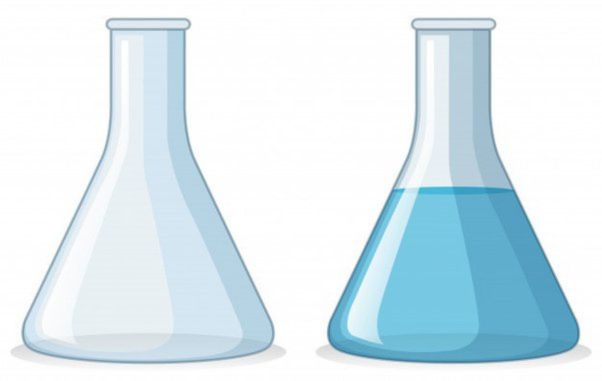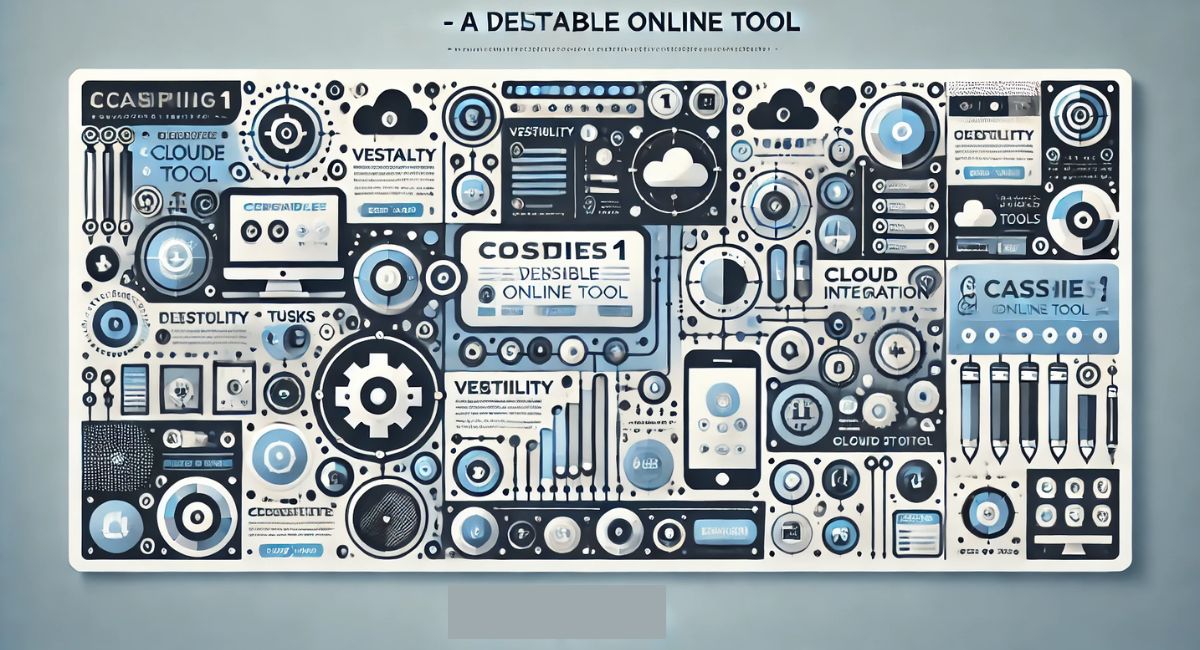In the realm of science, the laboratory is the sanctuary where theories are tested, discoveries are made, and innovation thrives. At the core of this sanctuary lies an array of sophisticated tools and instruments, collectively known as lab equipment. These tools are essential for carrying out experiments, conducting research, and unlocking the mysteries of the universe. In this comprehensive guide, we will explore the different types of lab equipment that make up the scientist’s arsenal.
Introduction to Lab Equipment
Laboratory equipment can be categorized into several groups based on their functions and applications. From simple tools like beakers and test tubes to complex instruments like spectrophotometers and chromatographs, each plays a crucial role in scientific research and experimentation.
Basic Lab Equipment
1. Beakers
Beakers are cylindrical containers with a flat bottom and a lip for pouring. They are used for stirring, mixing, and heating liquids. Beakers come in various sizes, ranging from a few milliliters to several liters, and are made of different materials such as glass, plastic, or metal.
2. Test Tubes
Test tubes are small cylindrical containers used to hold, mix, or heat small quantities of liquids or solids. They are commonly made of glass but can also be found in plastic. Test tubes are essential for various laboratory procedures, including chemical reactions, cultures, and sample storage.
3. Bunsen Burner
The Bunsen burner is a common piece of laboratory equipment used to produce an open flame for heating, sterilization, and combustion. It is named after its inventor, Robert Bunsen, and is a standard tool in many laboratories worldwide.
4. Pipettes
Pipettes are used to measure and transfer small volumes of liquids. They come in several types, including micropipettes, graduated pipettes, and volumetric pipettes. Pipettes are essential for precise and accurate liquid handling in the laboratory.
Intermediate Lab Equipment
1. Microscopes
Microscopes are optical instruments used to magnify small objects or organisms that are not visible to the naked eye. They are widely used in various scientific disciplines, including biology, medicine, and materials science. There are several types of microscopes, including light microscopes, electron microscopes, and scanning probe microscopes.
2. Centrifuges
Centrifuges are machines that spin samples at high speeds to separate particles based on size, shape, density, and viscosity. They are commonly used in biology, chemistry, and clinical laboratories for tasks such as separating blood components, isolating DNA, and purifying proteins.
3. Spectrophotometers
Spectrophotometers are instruments used to measure the intensity of light at different wavelengths. They are widely used in chemistry, biochemistry, and molecular biology to quantify the concentration of substances in a solution, analyze the composition of materials, and study the kinetics of reactions.
4. Incubators
Incubators are devices used to grow and maintain microbiological cultures or cell cultures at a constant temperature, humidity, and other environmental conditions. They are essential for many biological and biomedical experiments, including cell culture, microbiology, and molecular biology.
Advanced Lab Equipment
1. Chromatographs
Chromatographs are analytical instruments used to separate, identify, and quantify the components of a mixture. They are widely used in chemistry, biochemistry, and environmental science for tasks such as drug testing, food analysis, and environmental monitoring. There are several types of chromatographs, including gas chromatographs, liquid chromatographs, and ion chromatographs.
2. Mass Spectrometers
Mass spectrometers are analytical instruments used to determine the mass-to-charge ratio of ions in a sample. They are widely used in chemistry, biochemistry, and physics for tasks such as identifying unknown compounds, quantifying known compounds, and studying the structure and properties of molecules.
3. NMR Spectrometers
Nuclear magnetic resonance (NMR) spectrometers are analytical instruments used to determine the structure, composition, and purity of organic and inorganic compounds. They are widely used in chemistry, biochemistry, and structural biology for tasks such as elucidating the structure of molecules, studying protein-ligand interactions, and analyzing the composition of complex mixtures.
4. PCR Machines
Polymerase chain reaction (PCR) machines are instruments used to amplify DNA sequences through a series of temperature cycles. They are widely used in molecular biology, genetics, and biotechnology for tasks such as DNA cloning, gene expression analysis, and genotyping.
Conclusion
Laboratory equipment forms the foundation of scientific exploration and experimentation. Ranging from fundamental implements such as beakers and test tubes to sophisticated apparatus like chromatographs and mass spectrometers, each component plays an indispensable role in unraveling the mysteries of the cosmos.
Understanding the diverse array of lab equipment and their functionalities empowers scientists to conduct experiments, unearth discoveries, and expand the frontiers of human understanding. Whether you’re an experienced researcher or an inquisitive student, possessing a thorough comprehension of lab tools is imperative for success in scientific endeavors. Thus, as you embark on your laboratory endeavors, take a moment to marvel at the extensive assortment of instruments available, recognizing that with the appropriate equipment and curious intellect, the realm of scientific inquiry knows no bounds.
Additionally, in certain cases, some experiments may necessitate a current-to-voltage converter to facilitate data acquisition and analysis, further emphasizing the importance of understanding and utilizing the appropriate equipment for scientific investigations.








